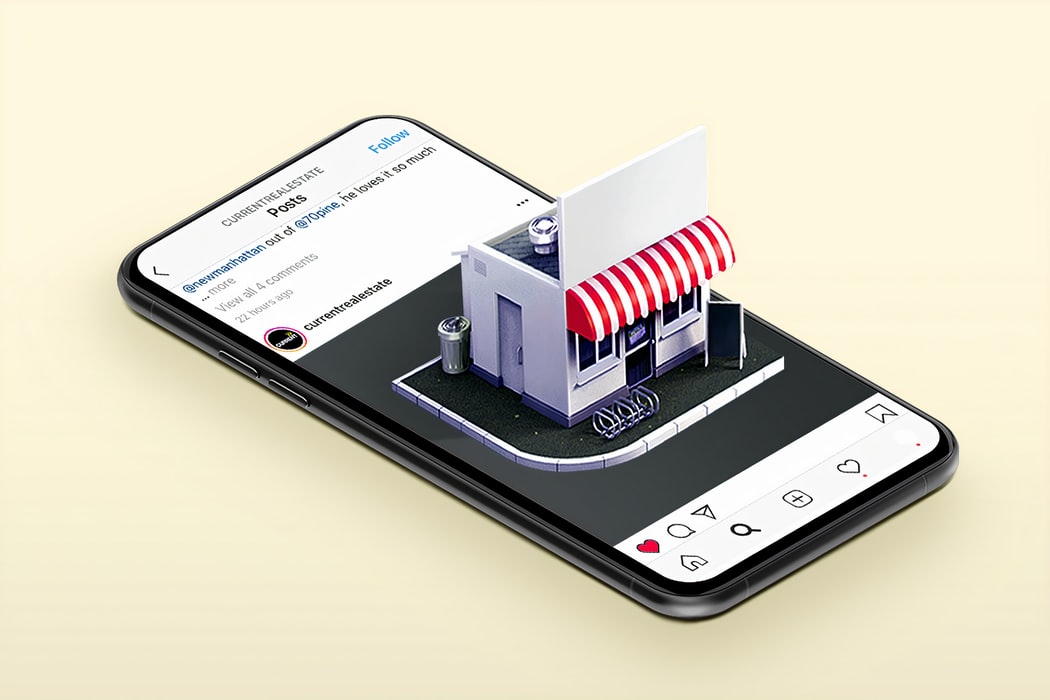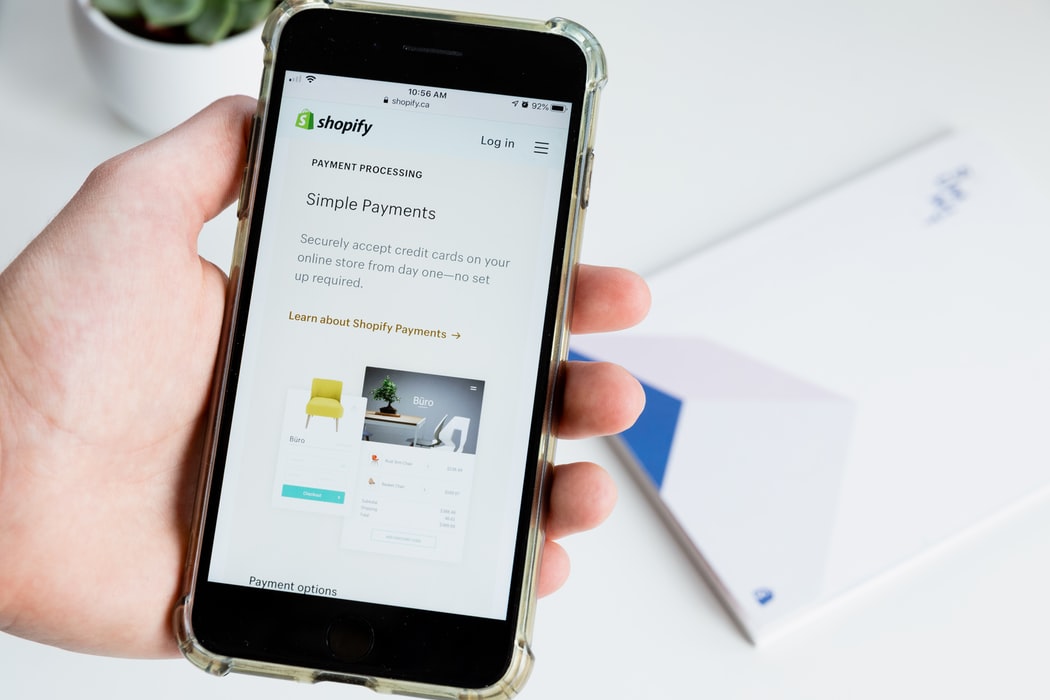
Over the past decade or so, most brands have set their sites on launching holiday promotions a little after those Halloween costumes have done their tricking and treating and the Thanksgiving decorations are ready for their annual debut.
Each year (as consumers) it feels like the holiday marketing season creeps into our lives a day or two earlier. Holiday lights are turned on a little sooner (and brighter) and the dreaded (or beloved—depends on who you are) holiday playlist is set on repeat.
As marketers—and consumers—we get how daunting and exhausting this can feel each year…
That being said…2020 has not been “just another year.”
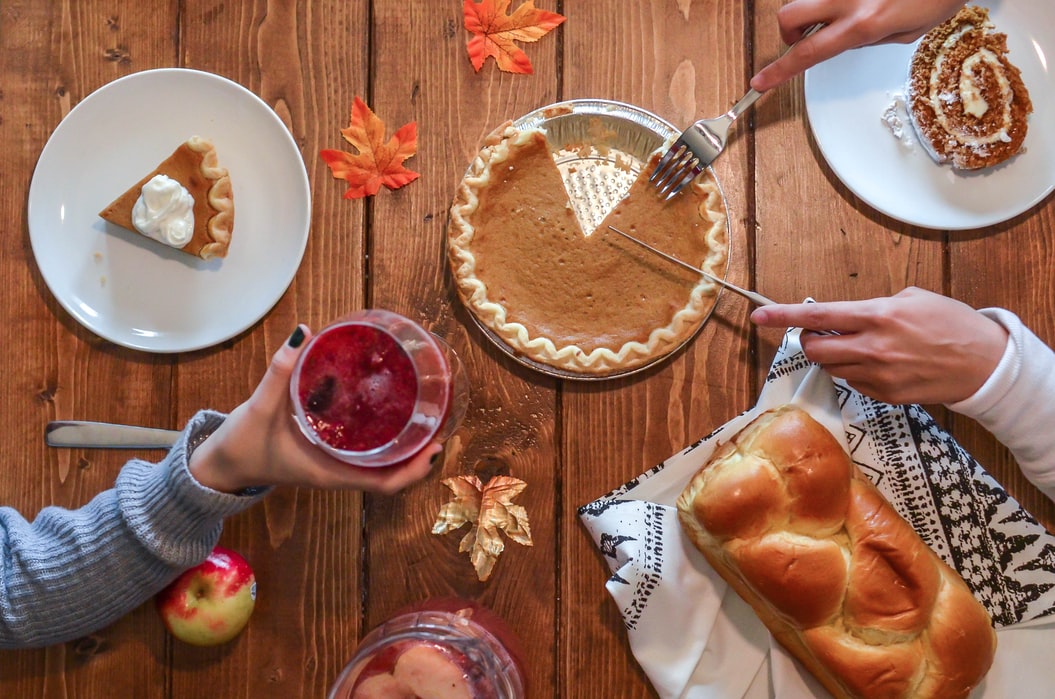 While most have been focused (understandably) on anything but the upcoming holiday season, pivots in purchase behavior, supply chain interruptions, and shipping delays are shaking up the necessary approach to this holiday season.
While most have been focused (understandably) on anything but the upcoming holiday season, pivots in purchase behavior, supply chain interruptions, and shipping delays are shaking up the necessary approach to this holiday season.
For example, due to the regular chaos that surrounds traditional shopping days, some of the nation’s largest retailers, including Wal-Mart and Target, have already announced that they are closing their doors for Thanksgiving this year.
And this is just a taste of what is to come.
So, lets dive into some of the ways that this holiday shopping season is going to change—and how you can change with it.
Traditional Retail Sinks While Ecommerce Surges
This should come as no surprise: reports are estimating a huge drop in the number of traditional retail shoppers this year. One report predicts a nearly 50-point drop for physical retail Thanksgiving shopping, clocking in at 38% vs. the 85% of previous years.
There’s no doubt that this shift is fueled by fears surrounding the COVID-19 pandemic and is only amplified by the growing number of retailers committing to closing their doors on the Thanksgiving holiday.
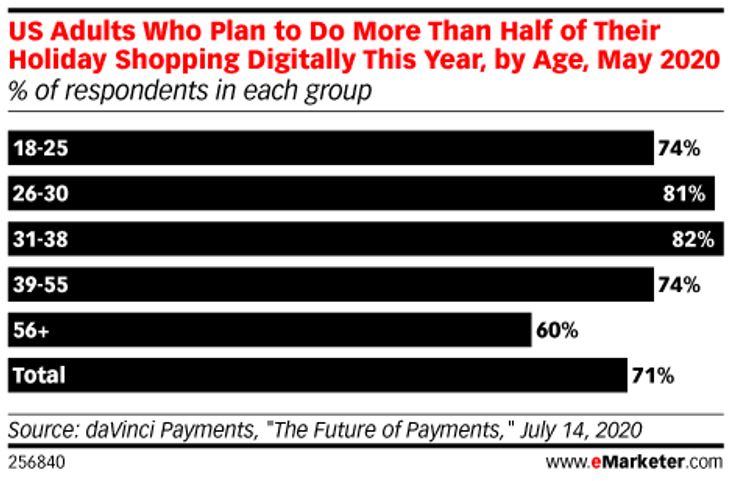
So, if you have relied on holiday foot traffic in the past, what can you do?
Keep in mind, numbers like these do not indicate a change in behavior. This drop in retail shoppers means that a sizable portion of consumers will be moving their shopping activity online.

In a customer survey by Qubit, it was found that half of shoppers are doing 75% of their shopping online, while a quarter of shoppers are doing more than 90%, as of July 2020. This shift is likely to continue into the holiday season, and as more eyes (and shopping carts) move online—this means more opportunity for brands like yours to capture market share. So now is the time to get (or improve) your ecommerce fulfillment capabilities.
Availability Will Overshadow Brand Loyalty
With so many consumers transitioning to the wonderful world of online shopping, one thing is likely: This increase in ecommerce purchasing will diminish availability, causing shoppers to seek out new sources when it comes to checking off that gift list.
Yes, the competitive landscape online is vast, but there has never been a better time to welcome new prospects and nurture past customers to your digital storefront.
As consumers we love convenience, but we love availability more. In many cases, we won’t remain “brand loyal” and wait for a week for a product to become available if a competitor can supply it tomorrow.
In a report from Google, more light has been shed, not only on consumers’ savviness when it comes to finding products, but also their desire to purchase from smaller, local retailers.
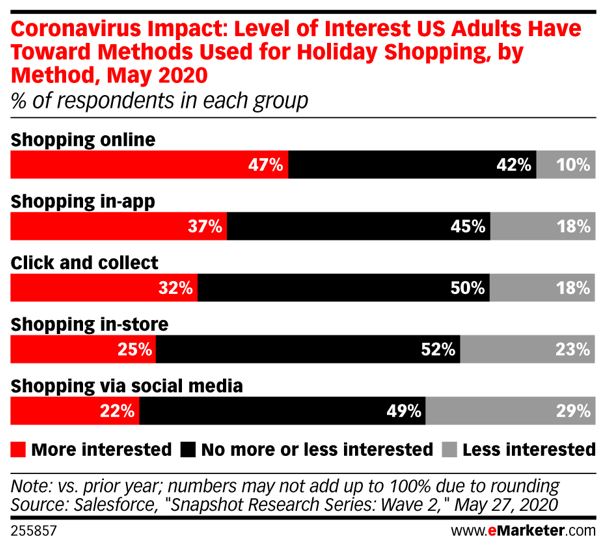
Google reported that 67% of customers plan to check online to see if a product is in stock, 66% plan to shop at more local small businesses, “near me” searches have increased 100%, and nearly 50% plan to use curbside pickup. The TLDR version is that your local customers want to shop with you! And they’re going to check to see if what they want is in stock—and offering curbside pickup can’t hurt in the slightest.
This all boils down to yet another reason to be sure your ecommerce site is as up to date as possible, product availability is clear on your site, and you offer your customers a way to shop quickly and safely with same-day pickup options.
Getting a Jumpstart on the Holidays
It’s clear that holiday shopping is not going away in 2020—rather, the process for finding, researching, and purchasing has shifted rapidly due to the COVID-19 pandemic.
Here are some actionable steps you should take so you’re prepared to capitalize on this ecommerce shift.
1. Streamline the ecommerce experience.
Google’s 2020 Retail Shopping Guide states that 76% of those shopping with their mobile devices are more likely to make purchases from sites or apps that have a simplified purchasing process. Think: one-click purchasing, a wide range of mobile payment options, and a frictionless shopping experience without hidden charges that may leave shopping carts abandoned.
2. Ramp up omnichannel capabilities.
Consumers are no longer limited to a “single-channel” or touchpoint when it comes to
purchasing. We search on Google, click over to Amazon, watch YouTube reviews, perhaps check out local retailers—all while waiting in line at the grocery store. And more invested shoppers who are searching five or more “channels” are shown to spend close to 200% more than others who are only using a couple of channels. What does this mean?
You need to be and show up everywhere—from your own ecommerce website and YouTube to Google Ads and Facebook promotions. Hang out everywhere that your audience hangs out and make sure you are nurturing any and all interest with email and remarketing campaigns.
3. Update content, images, and video creatives.

While, yes, this applies to nearly every digital marketing strategy, for the gift-giving season, this is exponentially important. Most consumers are buying for loved ones rather than themselves, so your products need to entice and convince shoppers that this gift is worthy of being beautifully wrapped and given to Mom or Grandpa.
Create overview videos (or review videos) on YouTube, and don’t forget to add these to your site. Use updated images on landing pages and your homepage, and start promoting for your holiday season…yesterday. (Don’t worry—there’s still time…but start now!)
4. Leverage product feeds.
Part of capturing “multi-channel” attention is being on multiple ecommerce sites beyond your own. Amazon, Google Shopping, Overstock, etc.—wherever the holiday shopping crowd is going, you need to be there to greet them. Part of going omnichannel this season may include leveraging shopping and product feeds so you can more easily “be everywhere” without having to waste weeks updating each and every product listing on every platform. And remember—the more places your brand is being featured, the more trust you can build.
5. Nurture last year’s customers.
One of your greatest assets—if you have been in business for more than a year or two—is your current book of customers. Even if you have a basic CRM, it should be part of this year’s strategy to proactively reach out to customers you have done business with in the past. Give them front-of-the-line passes to your holiday promotions and drive them to your updated ecommerce storefront.
You Still Have Time!
This year has been a challenge—and we’re not at the finish line just yet. For most traditional retail brands (and ecommerce brands), the holiday season accounts for a huge portion of annual revenues that sets the stage for next year’s strategies and success.
Focus on the opportunities that are still within your grasp as your customers flex the ecommerce purchasing power at their fingertips.
Stay strong, stay healthy, stay productive, and if you need any help along the way, we’re here to help.
